The Tsingi du Bemaraha Nature Reserve is located on the west coast of Madagascar and is famous for its amazing stone forest. The area of the reserve is 666 square kilometers and is part of the UNESCO World Heritage Sites. The landscapes here are simply fascinating – giant rocks, and preserved forests of mangroves, as well as many other wonders.
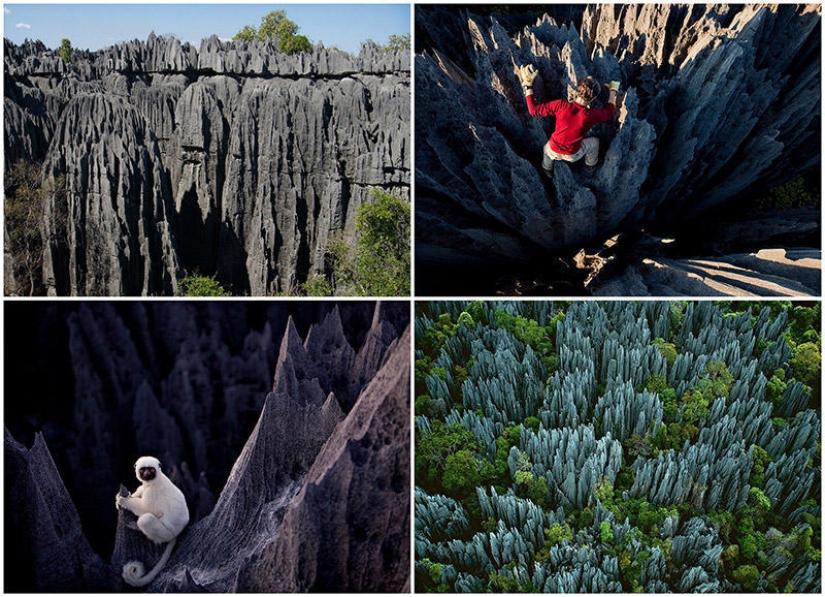
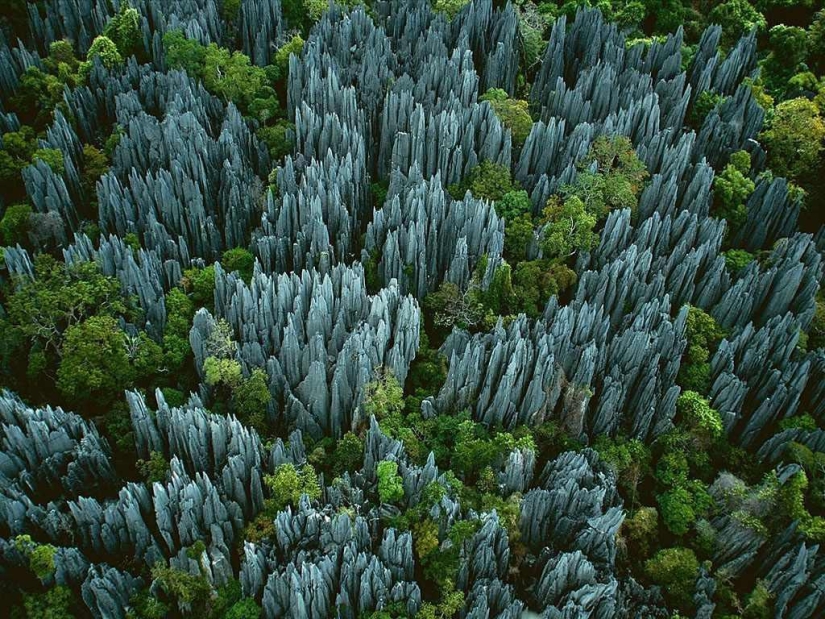
The reserve is a plateau consisting of a stone forest of sharp karst spires formed during the erosion of softer limestone rocks.
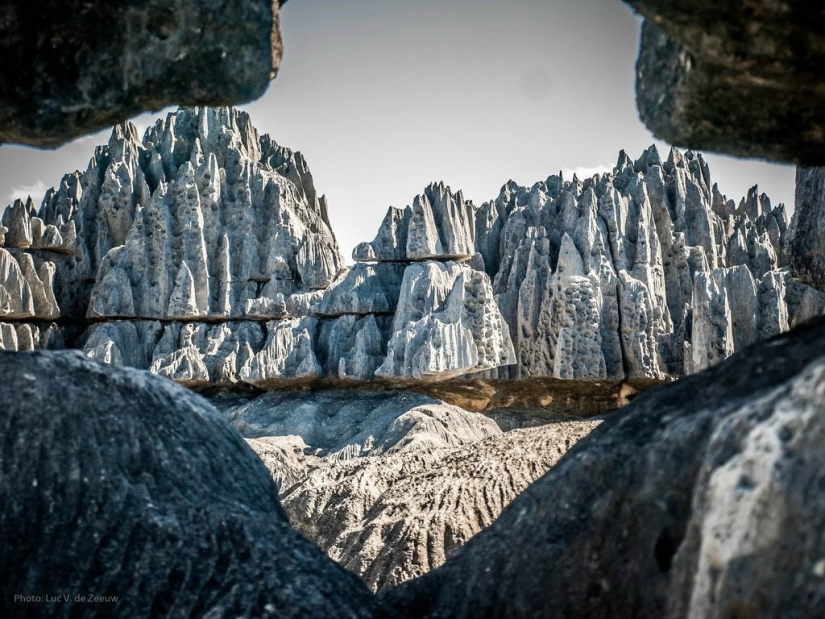
The stone pillars of Qingzhi rise to a height of up to 70 meters, their tops are not covered with any vegetation and are razor sharp.

At lower altitudes, you can only see the roots of particularly tenacious shrubs and plants.
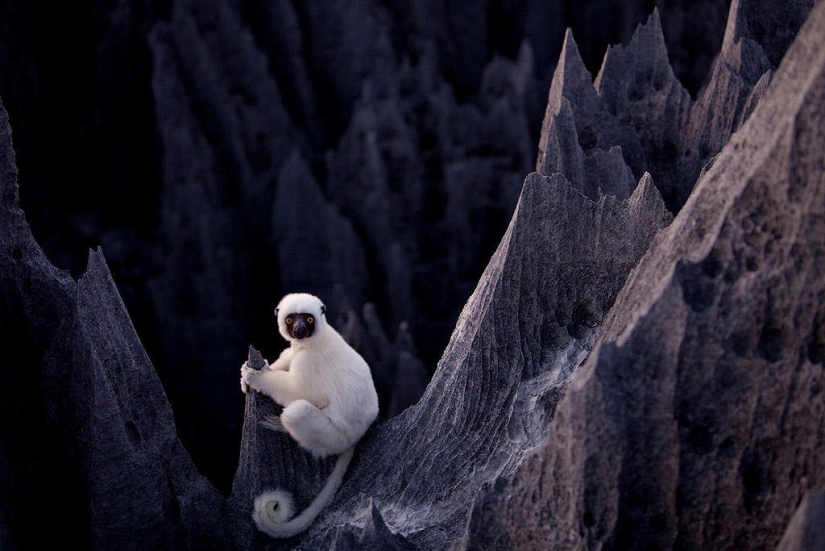
A whole forest of karst peaks up to 50 meters high serves as a safe habitat for white lemurs, unique in nature.
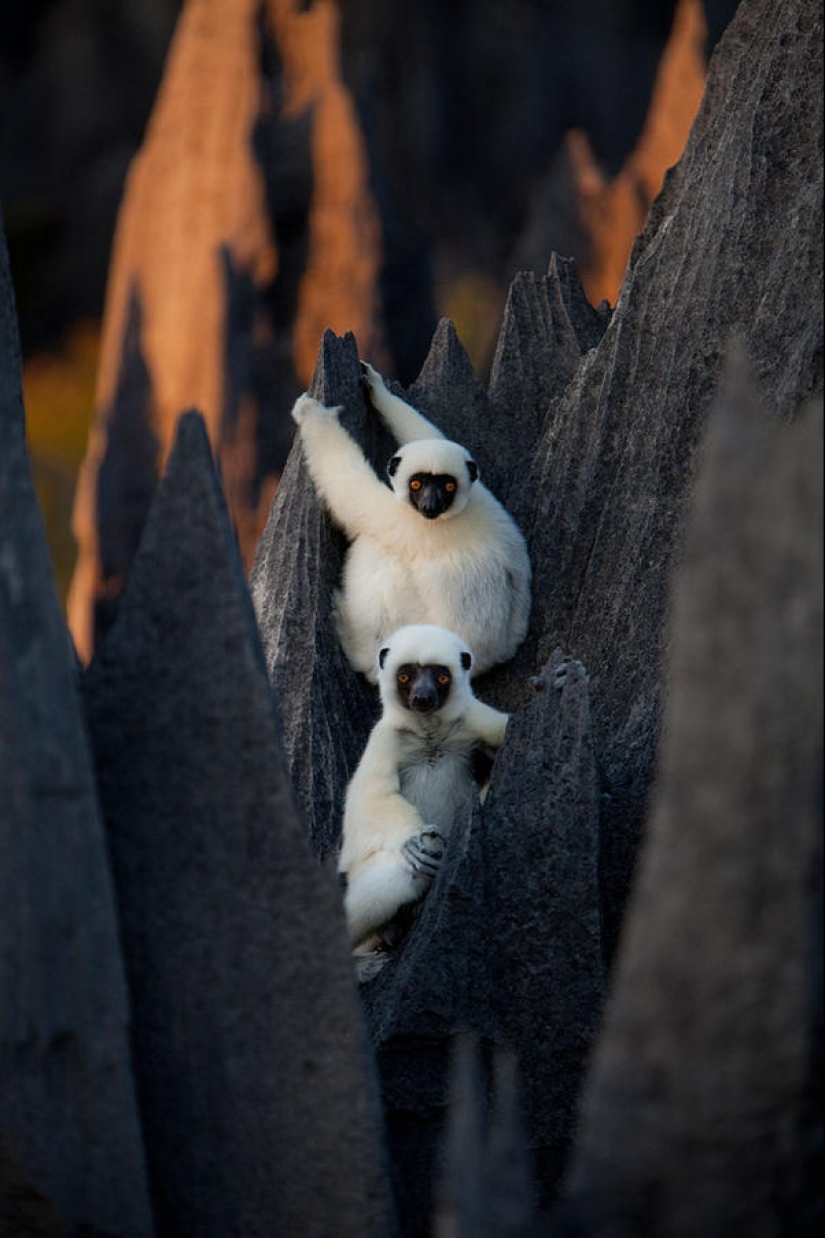
The word "qingzhi" in the local dialect of Malagasi serves as a description of the karst barren lands of Madagascar. It is translated into English as "a place where you can not go barefoot".

In the lower reaches of this tangle of forest canyons and karst caves, a huge variety of flora and fauna is raging, with many rare animals and plants, many of which live only in Madagascar
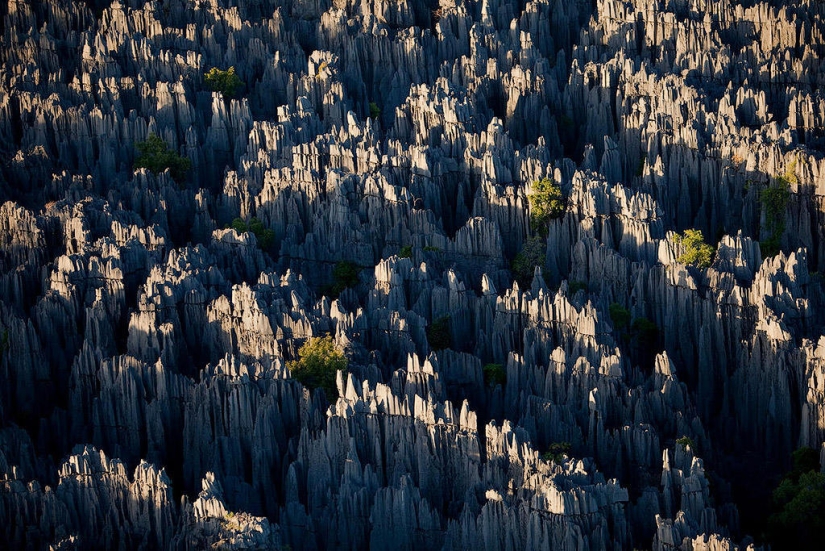
In 1990, this unique place was included in the UNESCO World Heritage List, and on the island itself, Tsingi de Bemaraha became a national reserve in 1927.
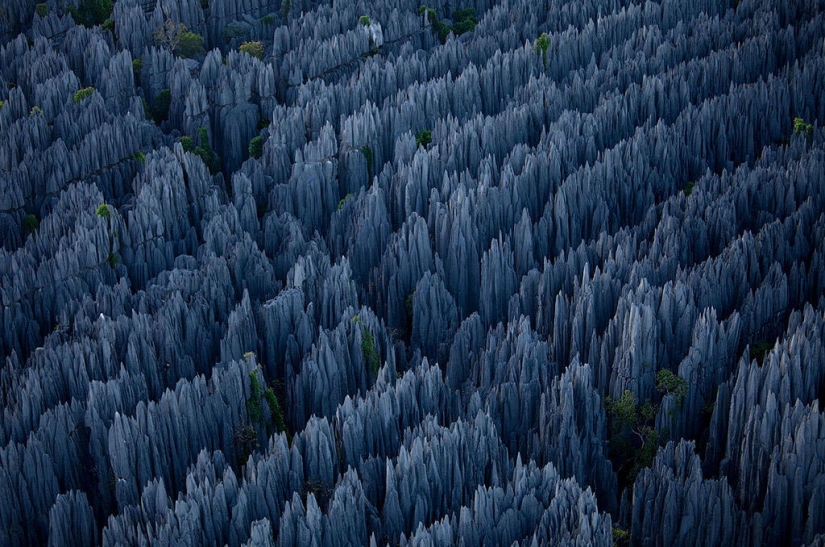
The plateau is bordered by a picturesque canyon and the Manambolo River flowing through it. Rare and endangered species of birds and lemurs have found their refuge in the mangroves growing on the pristine shores of the lake and the river flowing into it.
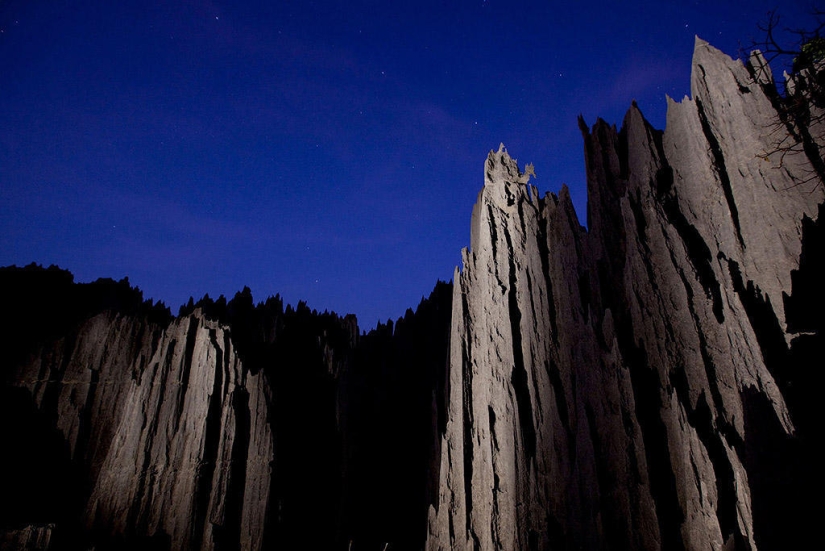
The Tsingi de Bemaraha Nature Reserve covers an area of 152 thousand hectares and is the largest protected area in Madagascar.
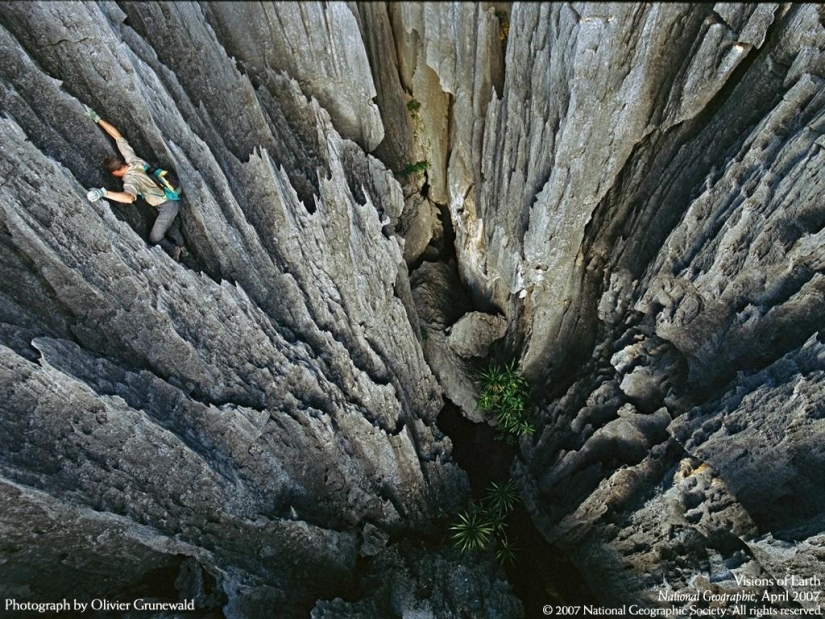
The age of this unusual place created by nature is about a million years.
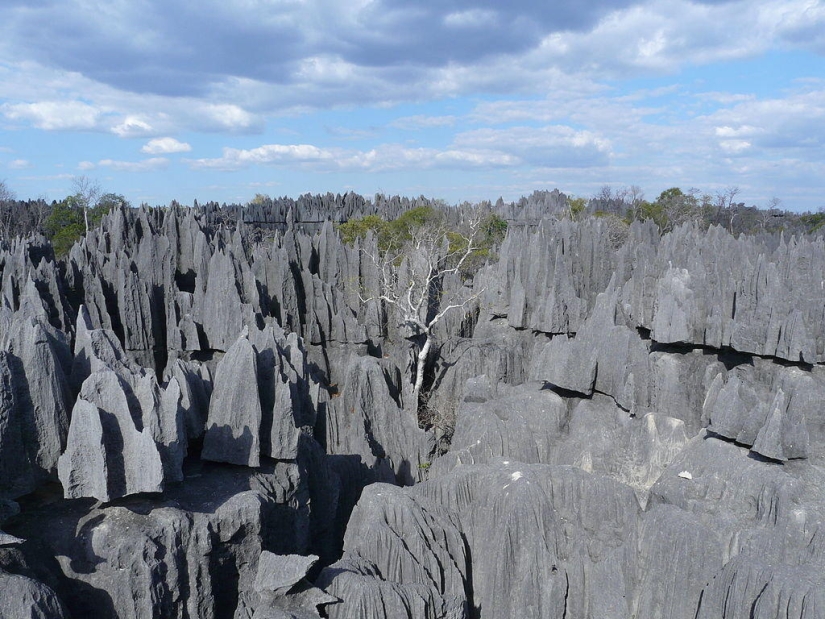
Some parts of the nature reserve were opened to tourists only in 1998, and some are closed until today.
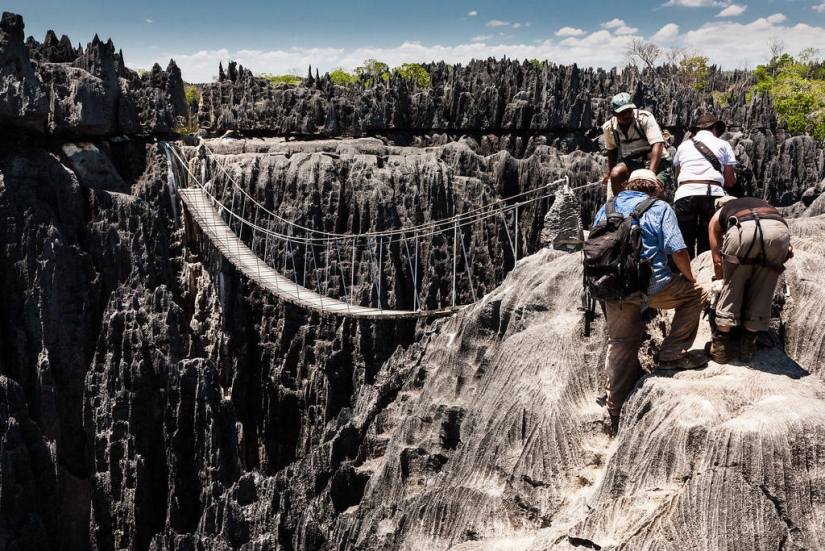
Tourists can admire the unusual beauty of the Stone Forest by climbing the peaks with the help of climbing equipment, or from observation platforms. There are no other options.
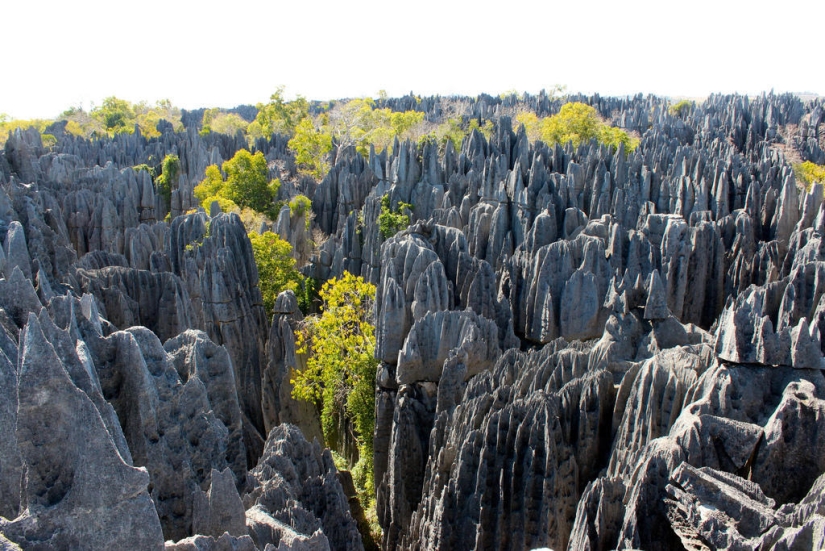
Local residents say that there is not a single flat piece of land throughout the vast territory of the reserve.
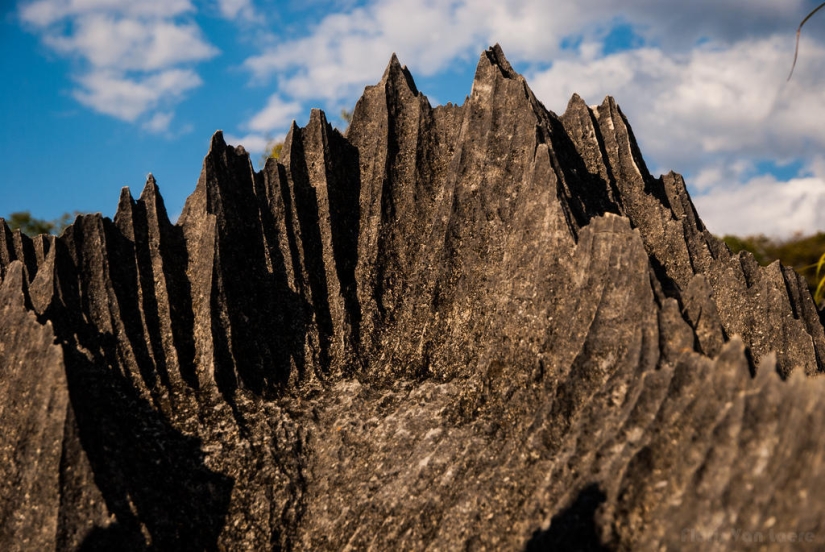
This landscape is inaccessible only to humans, but it helps rare species of plants and animals to survive, especially lemurs, which live here in large numbers.
Keywords: Nature | Africa | Madagascar | Nature reserve | Forest | Rocks
Post News ArticleRecent articles

Sometimes you see a tattoo on a person and think: "Why did he do it at all?". A familiar feeling? If you have never experienced it, ...

Taxi ride like a lottery — you never know if you will pull the winning ticket. Even the official services like Uber does not ...
Related articles

Yellowstone is the first national Park in the world and also the largest of all national parks in North America. For nearly 150 ...

What kind of wedding traditions do not happen! The Scots pour dirty slush over the bride, some peoples of India have decided to get ...

Is it possible to laying wood to name a form of art? Turns out you can. Because in the world there are such people, which gently ...

Finnish photographer Juha Tanhua has shot an unusual series of "space photos". Astrophotographic images of stars, galaxies and ...